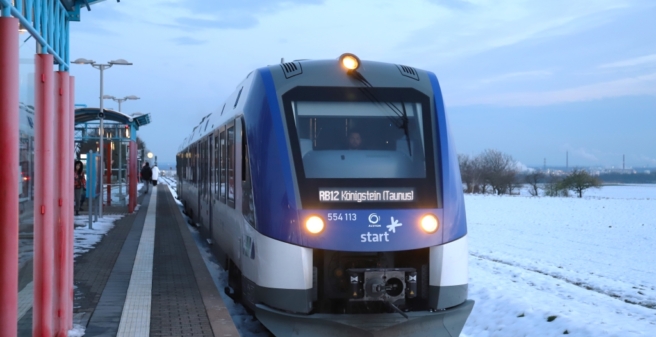
As the French association of public transport users FNAUT concluded at the end of 2022, based on data from the Technical University of Dresden and the German Öko-Institut, among others, the use of so-called green hydrogen makes neither economic nor ecological sense. FNAUT wrote that at a time when energy savings are being sought everywhere, it would therefore be paradoxical and expensive for taxpayers to use hydrogen in sectors that can be directly electrified. The high operating costs of hydrogen-powered vehicles are largely due to energy costs. They point out that in buses with hydrogen-based fuel cells, only 26% of the original electrical energy can be used to move the vehicle, while trolleybuses achieve 74% and battery buses 67%. Similar number apply for rail vehicles.
Lower Saxony to plan with batteries in the future
Following the initial euphoria surrounding the use of hydrogen in public transport, this realisation is also gaining ground among transport companies. For example, the German Land Transport Authority LNVG in Lower Saxony initially deployed two fuel cell train prototypes and has been the world’s first operator to use 14 hydrogen trains between Bremerhaven, Cuxhaven and Buxtehude since 2022. Everyday experience with the hydrogen trains has been “very positive on balance”. Compared to diesel, passengers, residents and train drivers were pleased with the smoother and quieter operation. The trains have a range of over 1000 kilometres and do not require refuelling for a whole day. Nevertheless, LNVG has decided to electrify part of its network, namely the Oldenburg – Osnabrück line, and to use battery-powered trains on the rest, so that all existing diesel trains can be replaced by 2037. However, the market survey has shown that batteries are the more favourable alternative to diesel for the other networks in Lower Saxony that have not yet been electrified. The only exception is the Oldenburg – Osnabrück line, which should be completely equipped with overhead lines. The decisive factor in favour of the battery was the fact that overhead lines are already in place on some sections or in stations where the trains can be charged. In addition, existing overhead line systems can be easily extended and so-called charging islands can be set up. This makes the batteries light, as they can be recharged again and again during the course of the day.
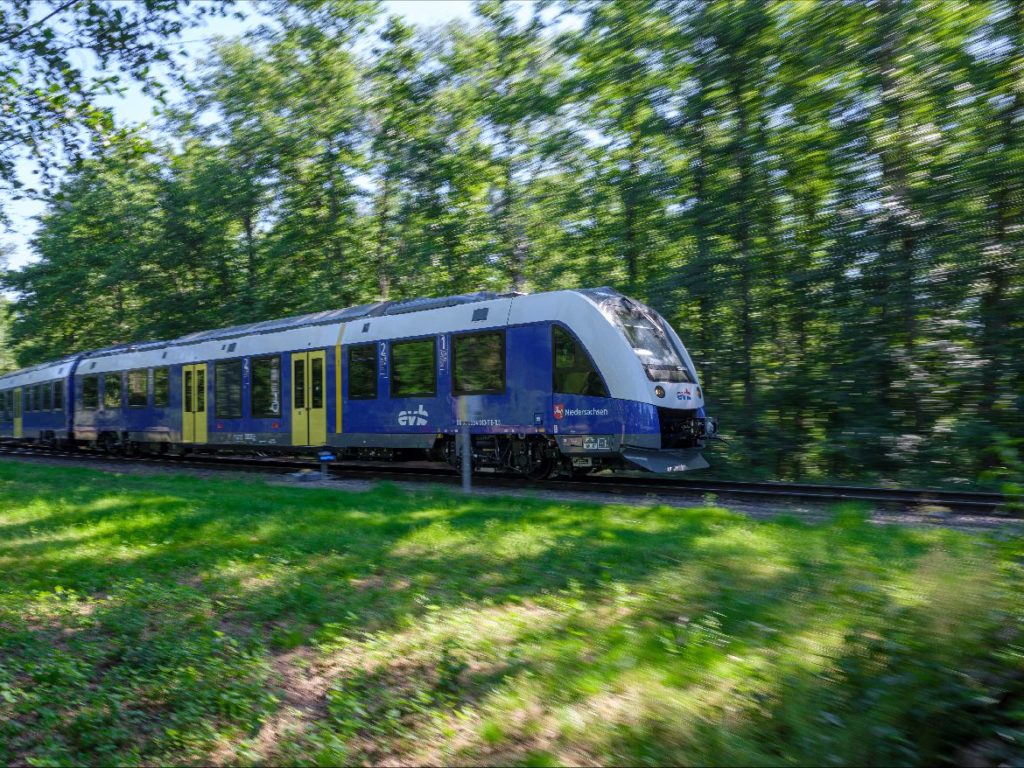
No hydrogen in Baden-Württemberg
The German Land of Baden-Württemberg has come to a similar conclusion. The state has analysed the best alternative to diesel drives for 16 non-electrified sections of road. Economic and additional strategic aspects were also taken into account, such as closing gaps between existing routes with overhead lines, the possible function in freight transport and suitability for diverted trains, as well as the cost of the hydrogen refuelling station infrastructure to be set up. In none of the routes analysed did hydrogen propulsion prove to be advantageous. In most cases, the most favourable option was the combination of batteries with overhead lines. It can therefore already be concluded that hydrogen hybrid trains will not be considered any further in the near future due to various operational and economic reasons.
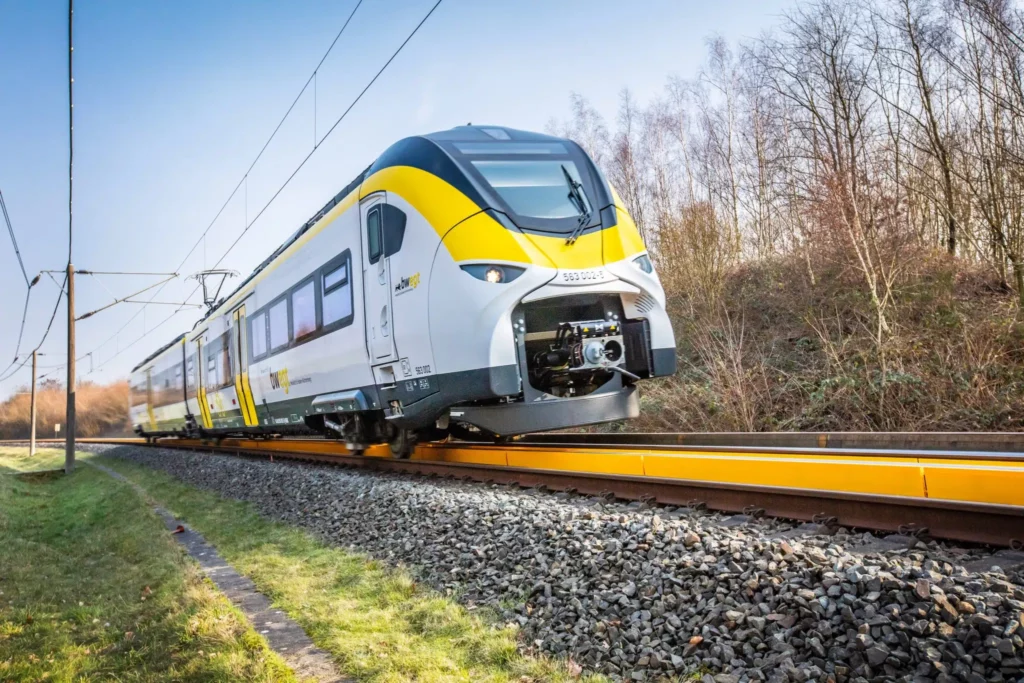
U-turn in Zillertal/ Austria
It is also becoming apparent that the Austrian Zillertalbahn, which branches off from Jenbach on the Munich – Innsbruck railway line to Mayrhofen, is now to be modernised with battery-powered trains and a partial overhead line, contrary to an earlier system decision in favour of hydrogen. As reported by the Tiroler Tagblatt, a preliminary study by the Vienna University of Technology has identified the hybrid train supplied with electricity via a partial overhead line and battery as the most favourable solution. This means that voluminous hydrogen tanks and fuel cells, which restrict passenger space, can be dispensed with. It was initially thought that a hydrogen electrolysis plant would be built at the end point of the line in Mayrhofen, which would be operated with cheap night-time electricity from the surrounding hydroelectric power plants and would have refuelled the hydrogen directly into the vehicles without long transport routes. It now appears that the low energy efficiency of this solution has led to the recommendation in favour of battery trains. This is because the batteries can also be charged cheaply at night and require much less electricity thanks to their lower energy losses. Recharging during operation allows only a minimum of heavy batteries to be carried for short journeys. Calculated over 30 years, the cost advantage over the hydrogen drive could be between 83 and 180 million euros, as with a pure overhead wire solution.
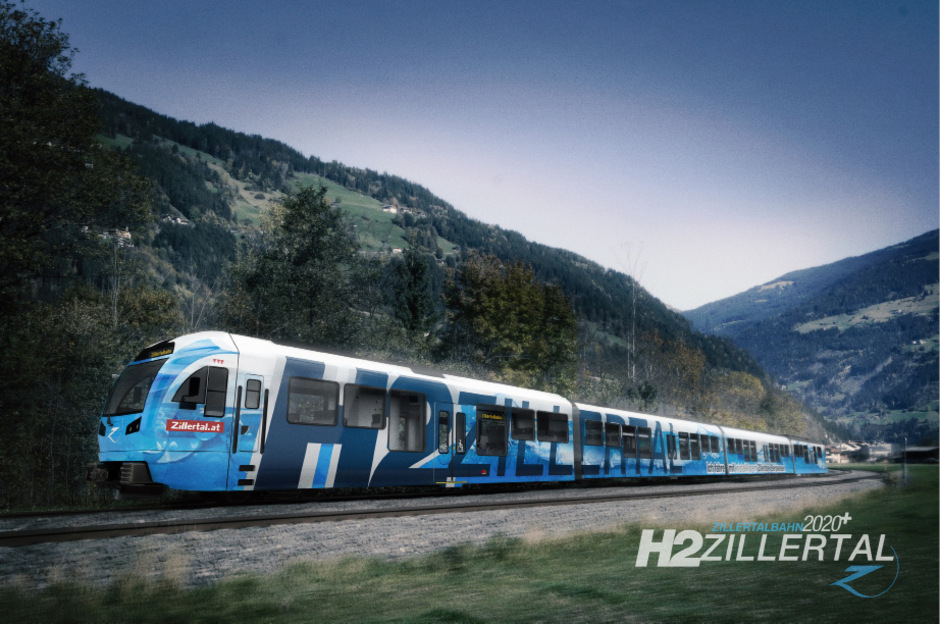
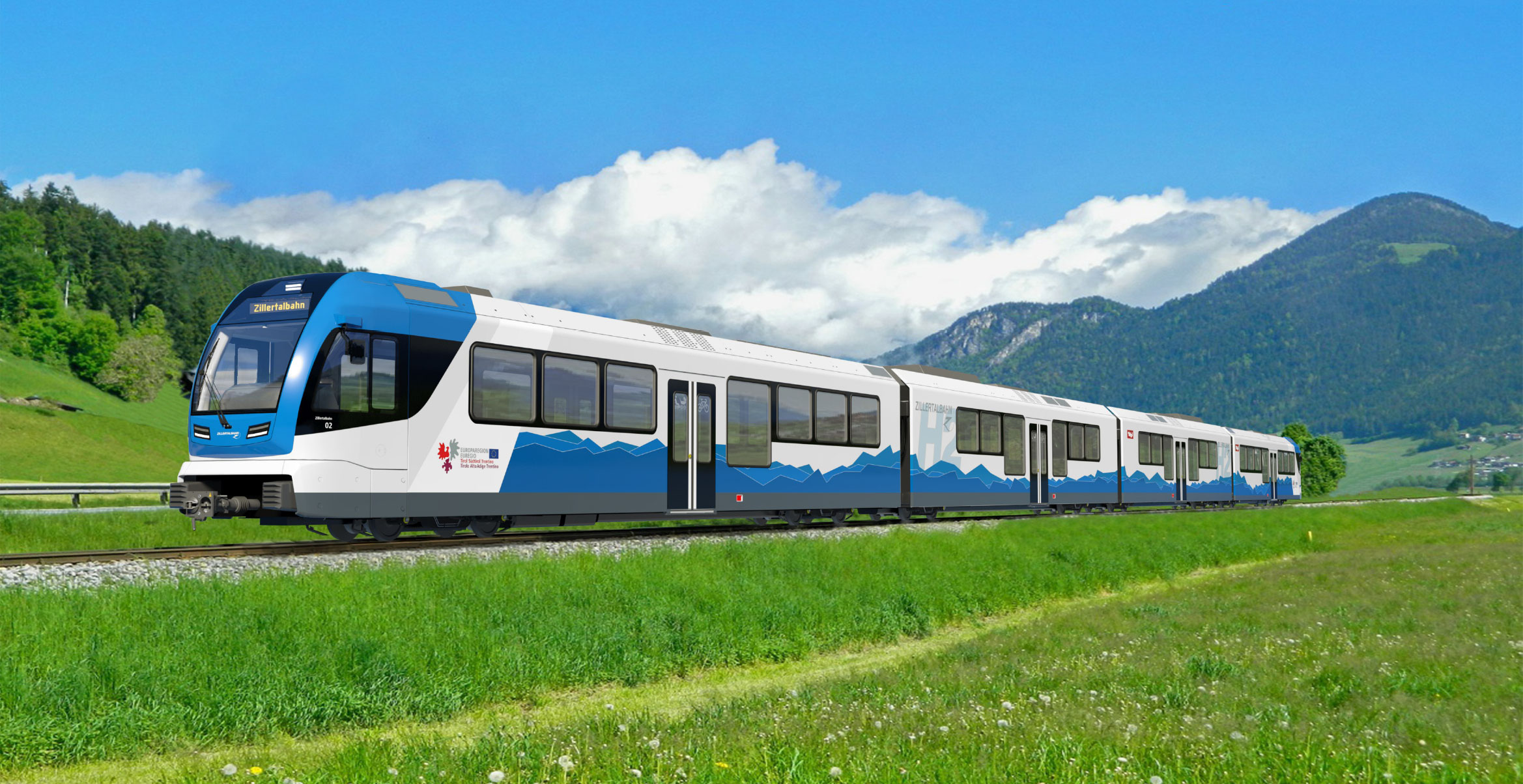
The low energy efficiency of this solution now seems to have led to the recommendation in favour of battery trains. This is because the batteries are also charged cheaply at night and require much less power thanks to their lower energy losses. Recharging during operation allows only a minimum of heavy batteries to be carried for short journeys. Calculated over 30 years, the cost advantage over the hydrogen drive could be between 83 and 180 million euros, as with a pure overhead wire solution.

The market
As Railway Gazette International writes in its March 2024 issue, the rail network in many European and Asian countries is largely electrified and practically all local transport is electric. In Germany, for example, 60 % of the lines are electric, but the remaining lines carry only 10 % of the traffic volume; in Switzerland, the entire network is electric. Of course, electrification is the first and most energy-efficient choice. With the COP 27 commitment to increase the share of rail, it is to be expected that more routes will be electrified – and this is exactly what LNVG is doing – while non-electric transport will decline in relative terms. For short routes with frequent recharging stations or overhead lines on critical sections, e.g. on steep gradients, batteries would be sufficient. For a few longer routes, fuel cells could be chosen despite the fact that green hydrogen is around three times more expensive than diesel.
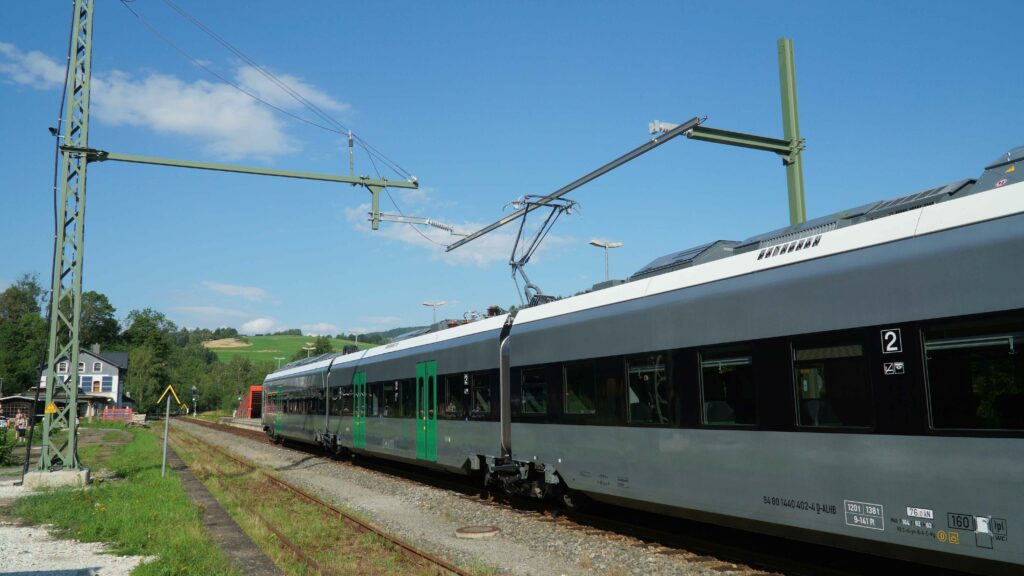
Is the golden age of white hydrogen coming?
Does this herald the end of hydrogen fuel cells? Perhaps, or perhaps not. For some years now, a previously unexplored natural source, so-called golden or white hydrogen, has been emerging. Although it was first discovered by chance in Mali in 1987, it was forgotten for a quarter of a century. It was not until 2012 that the source began to produce electricity through a thermal power plant. In recent years, scientists around the world have begun to conduct research and realised that there is probably enough white hydrogen to last for hundreds of years. It can be assumed that white hydrogen will play a decisive role and could be available on a large scale very quickly. In this form, it is a source of energy rather than a mere carrier, and scientists believe that it can even be replenished by natural processes once it has been extracted. There are currently no clearly defined extraction methods and timetables or reliable cost estimates for the promising white hydrogen, but as its extraction does not require electrolysis or refineries, costs are expected to be rather low.
Further background information on the topic can be found here:

